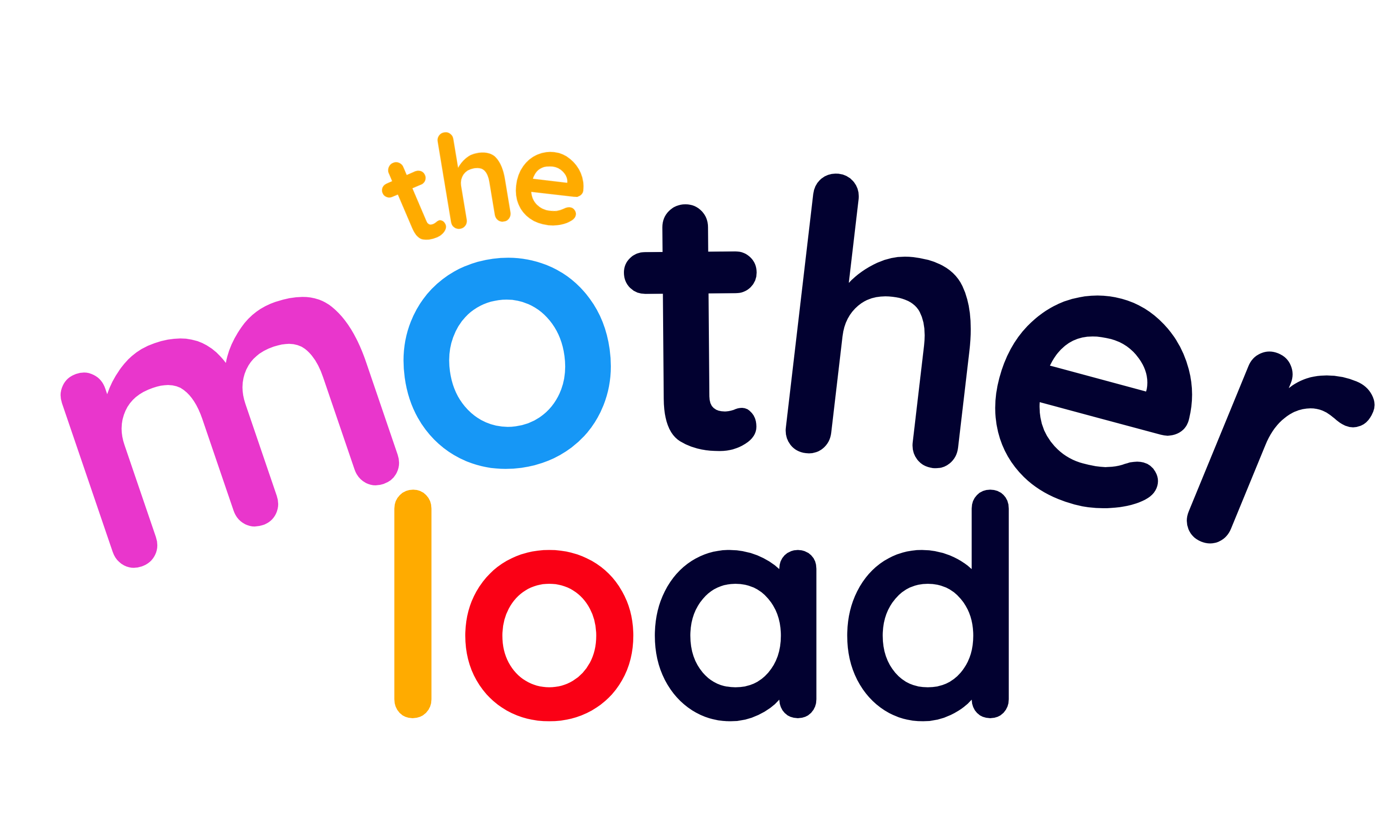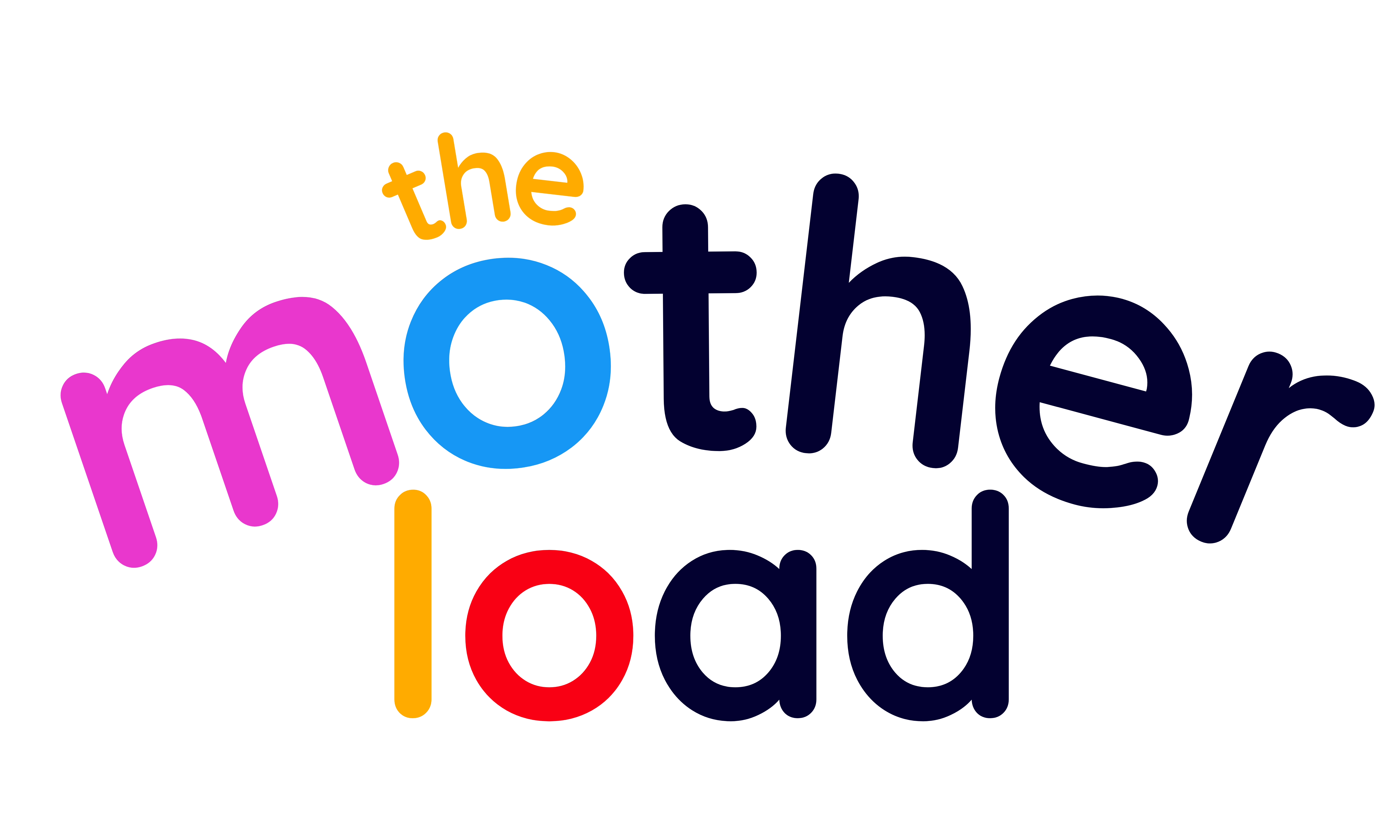In the UK, where economic fluctuations and the cost of living are constant topics of conversation, equipping our children with the knowledge to navigate their finances is a gift that will serve them throughout their lives.
The Foundation: Understanding Money
The journey to financial literacy begins with understanding the basics of money. Children should learn the difference between needs and wants, the concept of earning money, and the importance of saving.
Introducing them to the concept of pocket money for chores completed can be a practical starting point. It’s essential to set a good example, as children often emulate their parents’ financial habits.
Introducing Budgeting
Once the foundational understanding of money is established, the next step is to introduce the concept of budgeting. This involves teaching children how to plan their spending and save for their goals. A simple way to start is by encouraging them to save a portion of their pocket money for something they wish to buy. This not only teaches them the value of money but also the satisfaction of achieving a goal through saving.
The Role of Technology in Budgeting
In today’s digital age, technology plays a significant role in managing finances. Introducing children to budgeting apps designed for their age group can make the process engaging and fun. These apps can help them track their savings and spending, making the abstract concept of budgeting more tangible.
Managing Household Expenses
A practical aspect of budgeting that often goes overlooked is managing household expenses. Fitting a smart meter in your home can serve as a hands-on educational tool here.
Smart meters come with an in-home display (IHD) that shows close-to-real-time energy usage, allowing you and your children to see the cost of running various appliances. This visibility can be a powerful way to teach children about the impact of their actions on household expenses and the importance of conserving energy.
Making Savings a Game
Gamification can make the process of learning about budgeting and savings more enjoyable for children! Setting up challenges, such as saving a certain amount of money within a timeframe, can teach them about goals, patience, and the rewards of saving. Additionally, involving them in family budgeting decisions, like planning a budget-friendly family outing, can offer practical experience in making money stretch further.
The Importance of Open Conversations
One of the most effective ways to teach children about budgeting is through open and honest conversations about money. Discussing family finances, within age-appropriate boundaries, can demystify financial planning and encourage children to ask questions and express their thoughts about money.
A Brighter Financial Future
Introducing financial literacy from a young age is crucial for empowering the next generation to make informed financial decisions. By teaching our children the basics of budgeting, the use of technology in managing finances, and the importance of saving, we are setting them up for a lifetime of financial confidence and success.



No comments yet. Be the first one to leave a thought.